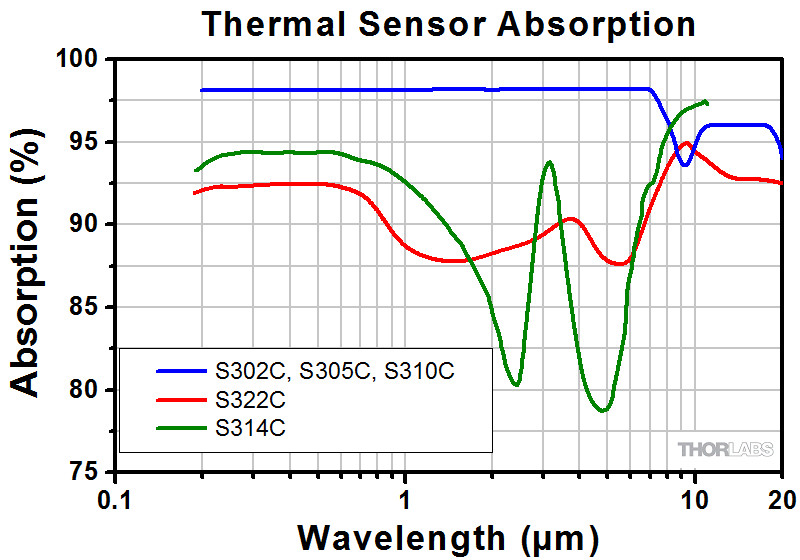- Joined
- Oct 1, 2016
- Messages
- 148
- Points
- 18
I don't think that is what he was saying at all; he told me that thread had all the answers and it didn't at all.
He even quoted parts of that thread that had noting to do with the question I was asking.
Even if he was saying that, it would be nice if someone could just answer my question instead of telling me where else to post it. This is why I don't like asking questions in this forum; I try to use this forum 99% of the time to find answers and if I can't find the answers I will research it myself. In this case, I couldn't find anything about molectron and no threads really explained how reliable their sensors are so I didn't really have a choice but to start a new thread.
(yeah someone finally answered my question but I'm talking about before)
He even quoted parts of that thread that had noting to do with the question I was asking.
Even if he was saying that, it would be nice if someone could just answer my question instead of telling me where else to post it. This is why I don't like asking questions in this forum; I try to use this forum 99% of the time to find answers and if I can't find the answers I will research it myself. In this case, I couldn't find anything about molectron and no threads really explained how reliable their sensors are so I didn't really have a choice but to start a new thread.
(yeah someone finally answered my question but I'm talking about before)
Last edited:






